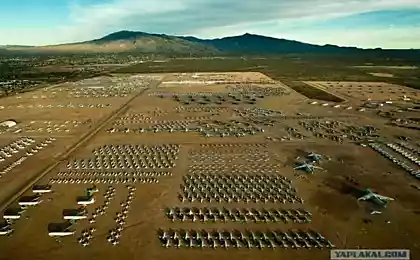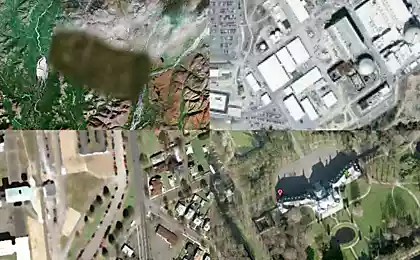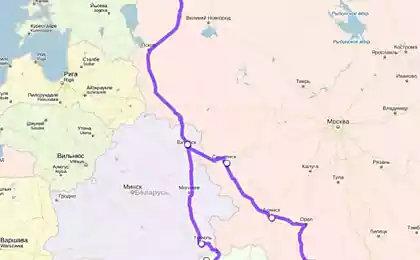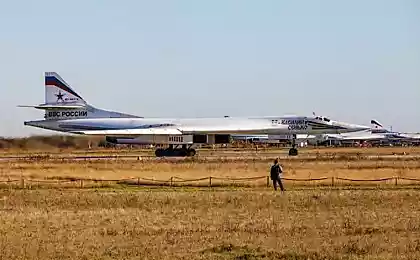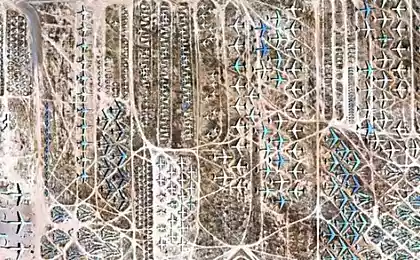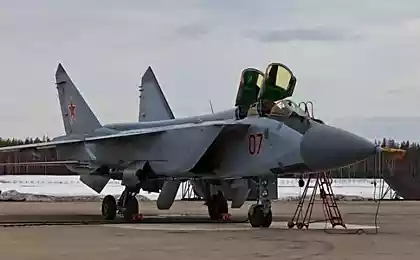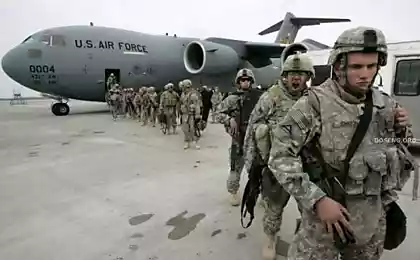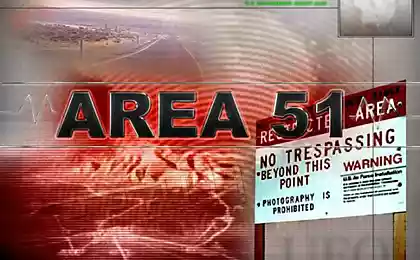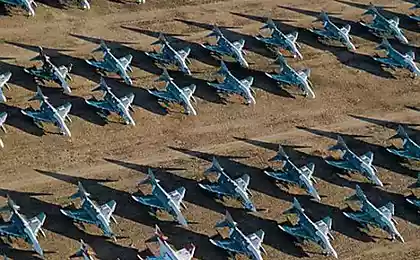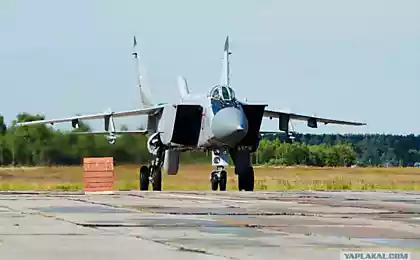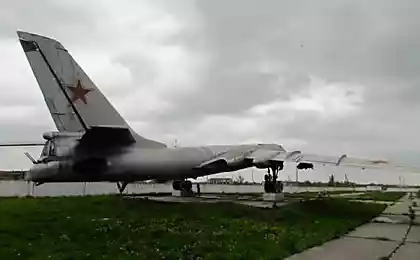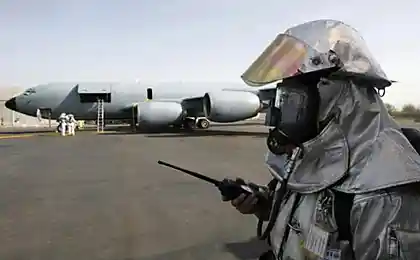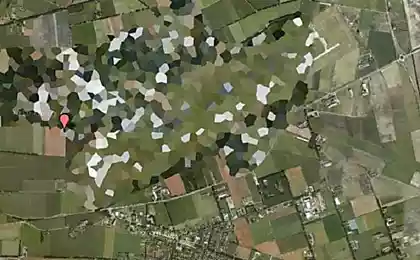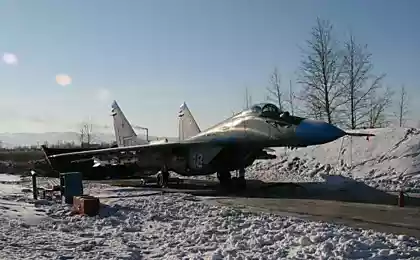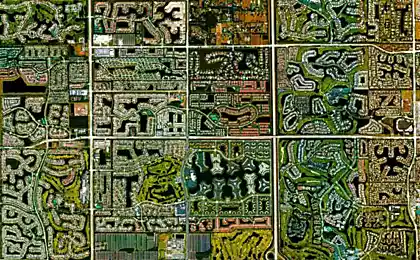656
Airbase Byhov
In Bykhov airfield until 1990 based 57th Smolensk naval missile aviation division (mrad) and the Baltic fleet consisted of two regiments of the Red Banner Guards: 170 th of Smolensk and 240th Sevastopol-Berlin MRAP. Operated Tu-22M2 and M3, and, earlier, the Tu-16.
33 photos via antares-610
1. Some of the aerodrome facilities adapted for civilian use. But MCC building abandoned and recently burned.

2.

3. Inside there was nothing resembling about the purpose of the building.
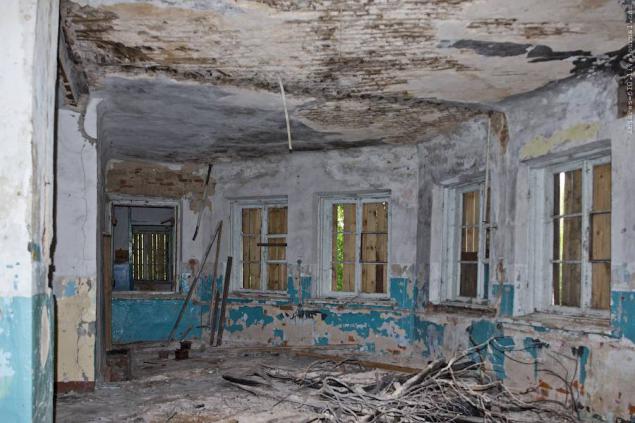
4. The airfield has two lanes. Small, 2 km long, designed for fighters, covering the aerodrome. Nearby were parking for them.
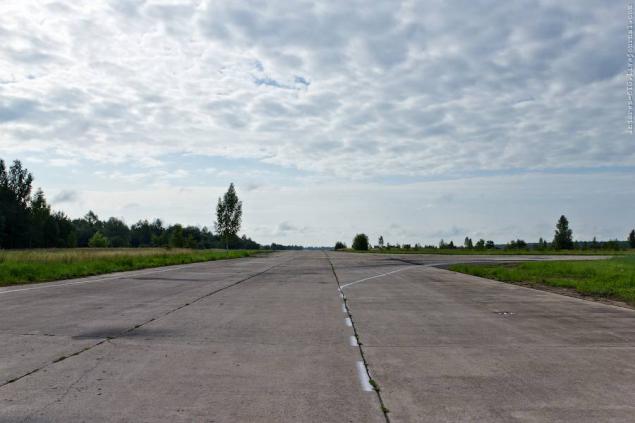
5. Who is it held racing tournaments, driving school lessons.

6. The main runway has a length of 3 km and is built for supersonic missile.
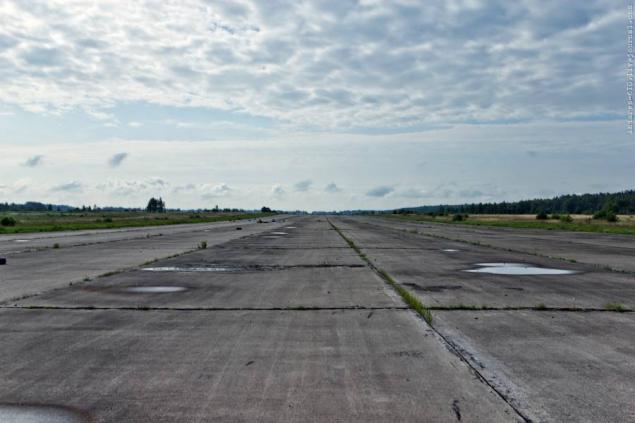
7. In the forest stretches for airfield concrete taxiway along which are scattered caponiers for the Tu-22M2 both regiments.
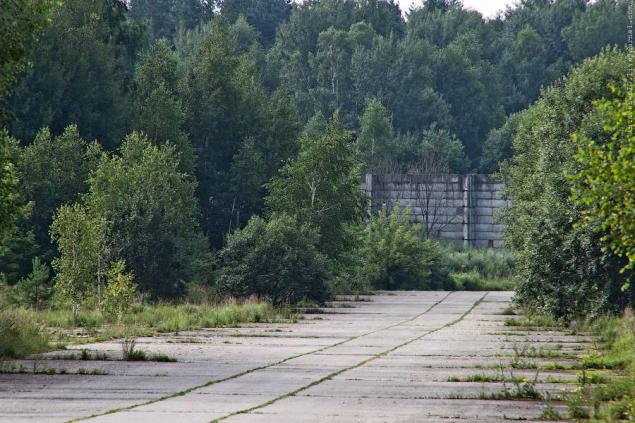
8. Now it is a vast economy is in a derelict state.
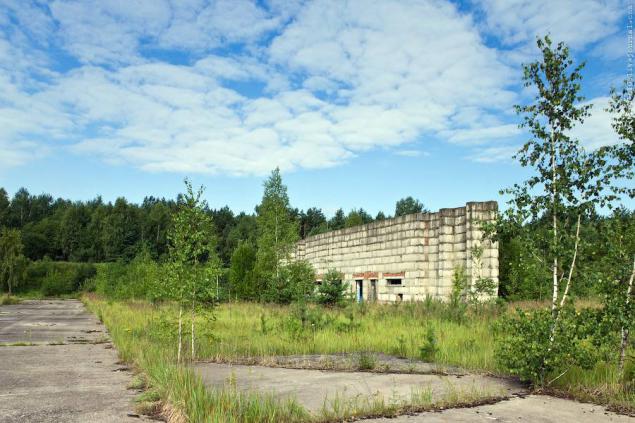
9. There were missile.

10.

11.
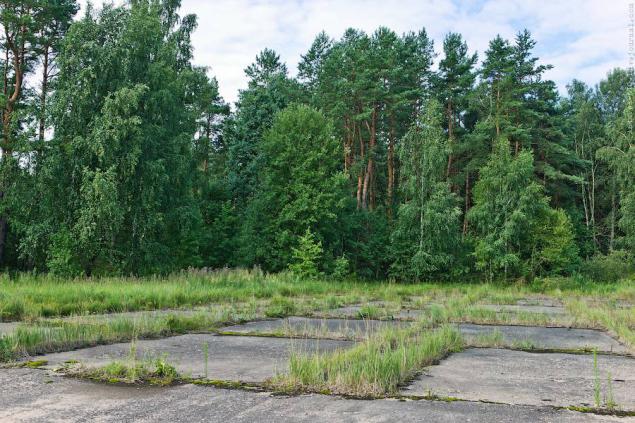
12
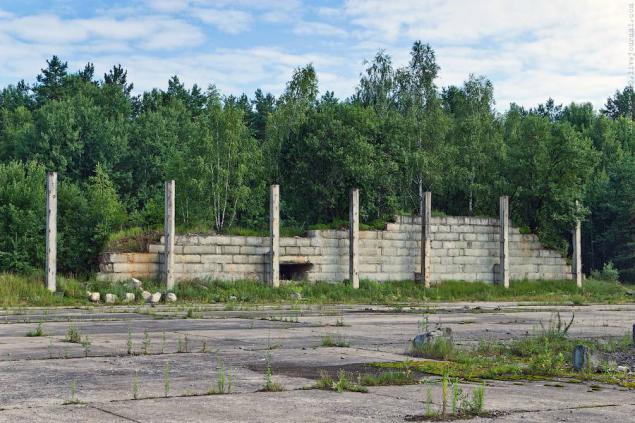
13. South of the airfield was his command bunker, today as abandoned. I have not crawled inside
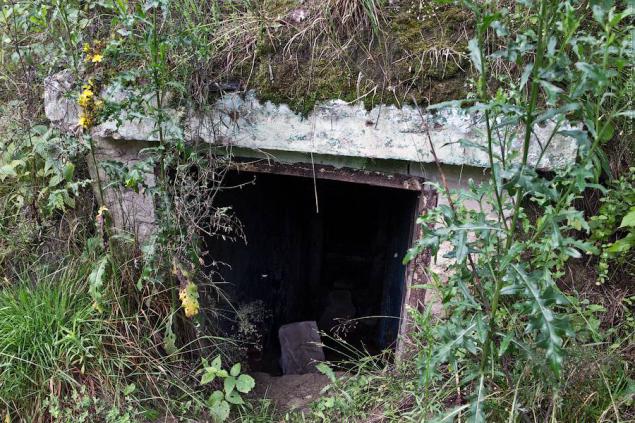
14. Anthill near the badly overgrown bunker.
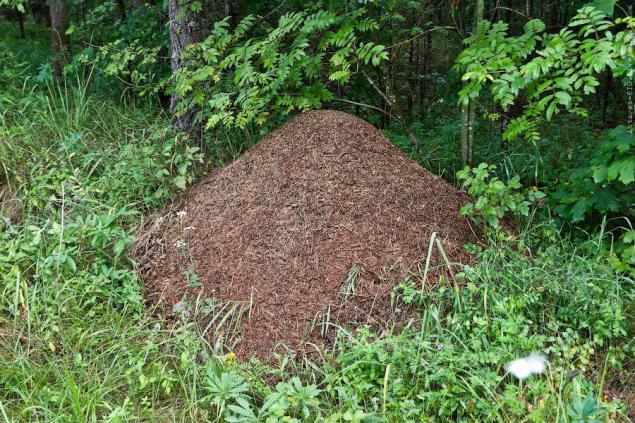
15. And from the airport betonka now become a rural road leads to the RTB (military base nuclear munitions storage) Baltic Fleet Air Force, 24th Army arsenal of nuclear weapons. Where work was carried out under the "top secret of special importance."
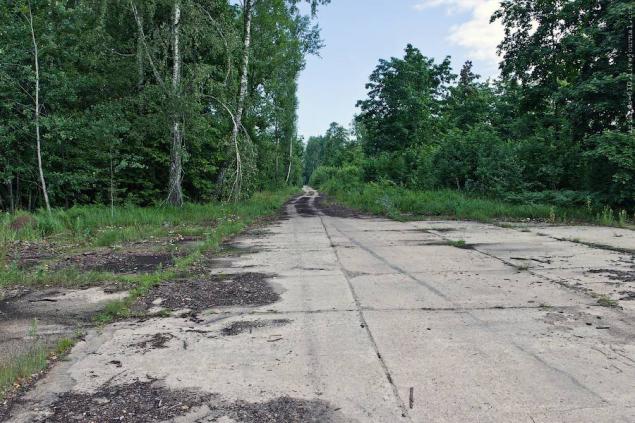
16. In the former fuel storage one of the farmers made me a warehouse or garage for the tractor.
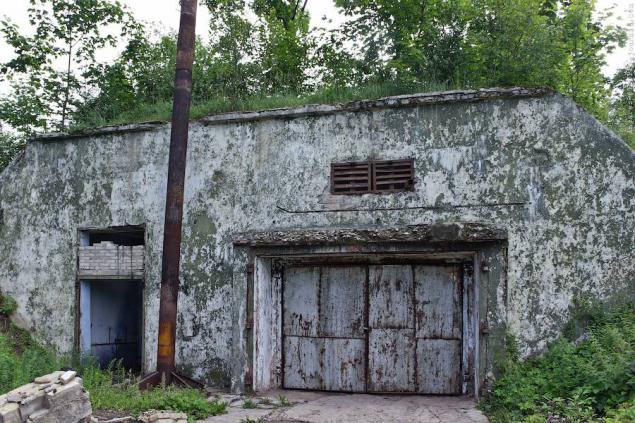
17. The assembly and mounting housing. From these gates traveled truck (probably YAZ-219) with a nuclear weapon in a body, and, accompanied by several machine gunners, I took a course to the airport, where he waited for the Tu-16. The base was built in 1957. Inset - the inscription above the gate, pointing to 1955.
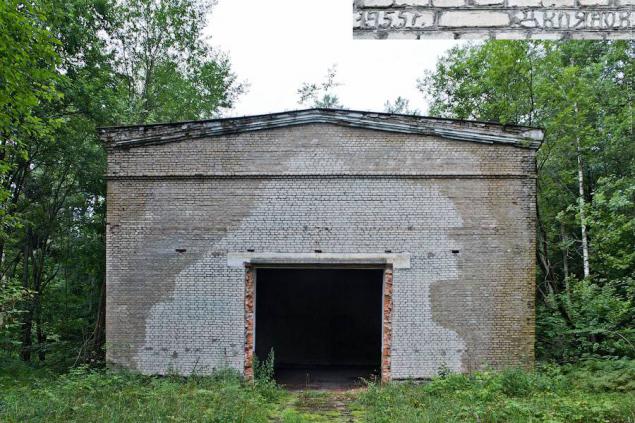
18. In the future, the gate truck imported the product from storage with a crane-girder overloaded and it was carried out maintenance work.
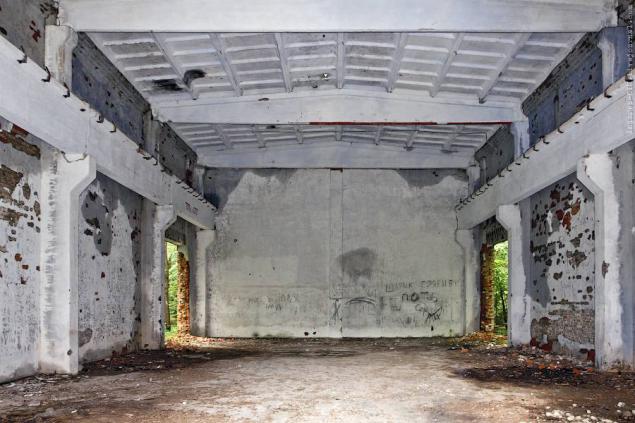
19. Here, in particular, dealt warheads and purified by removing them from service. With all precautions seized explosive elements, electric detonators, explosive from the scope of the central part is pulled (CN), uranium-plutonium core (in the form of "quail egg"). CN withdrawn loaded in the storage container (in which she arrived at the time), and then transported to the factory.

20. The core of the most dangerous component was removed from the container in a single use gloves. It was limited working hours. This whole "defense" and was. Dosimetry was not.
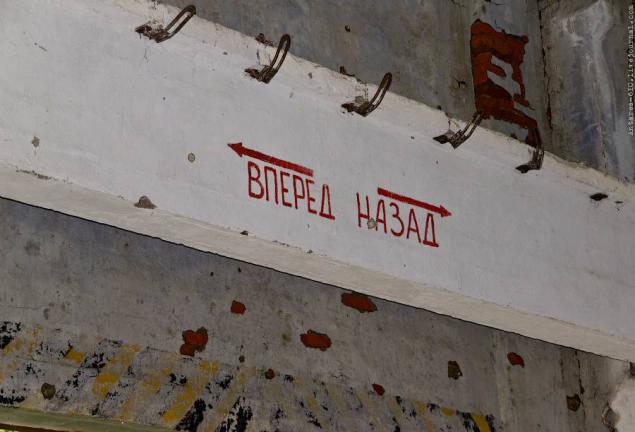
21. On the forward out of the gate truck drove through the gate structures where the products were stored. By the middle of 1958 the casemates of sensitive sites were the eyeballs filled with goods, and since then had not empty.
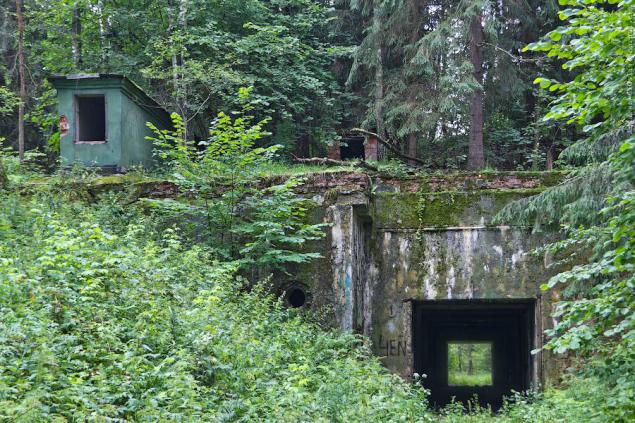
22. To the left of the gate - the entrance to the storeroom.

23. It closed two semicircular armored door, inside filled with concrete. Inner looters not only able to pull out the fact that it is not physically held in the aperture.

24. Door hinge.
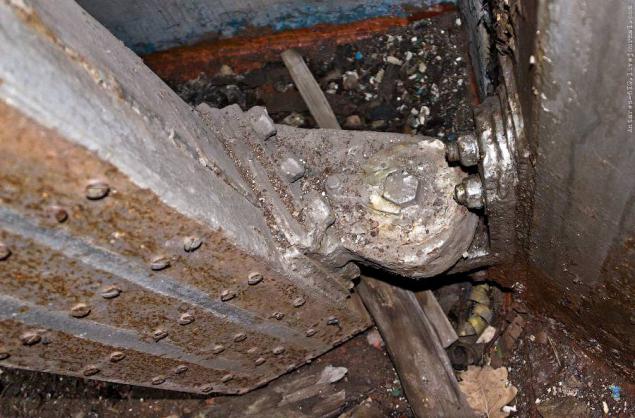
25. Inside the little that remained.
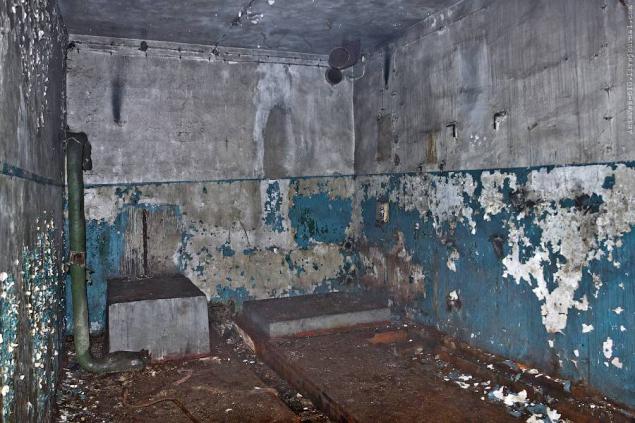
26.
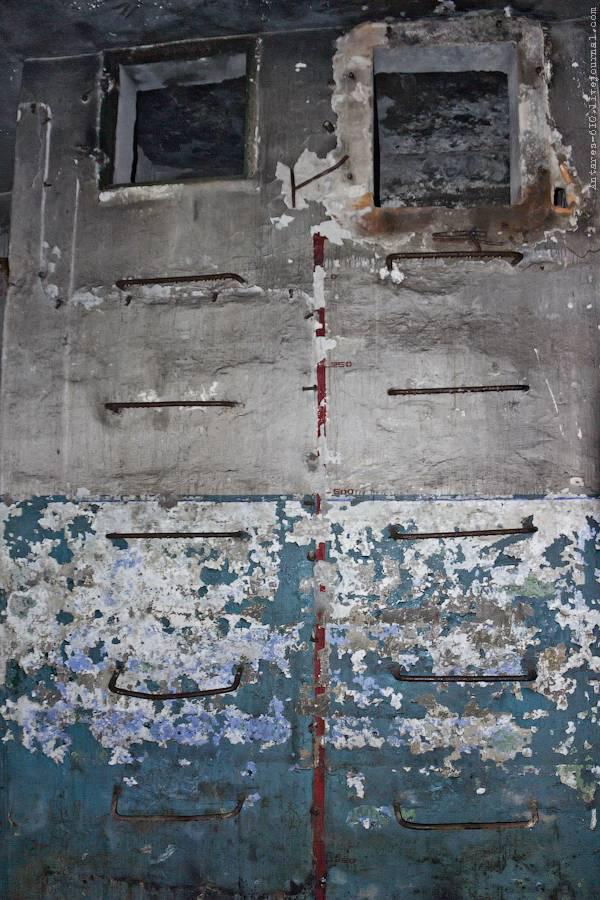
27. Entrance to the store itself protect the valve more than three meters thick.
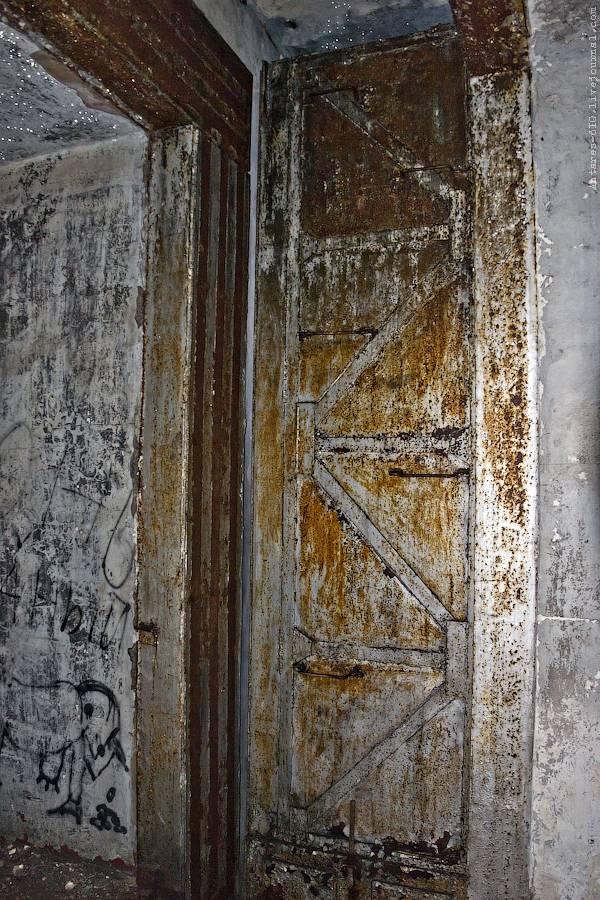
28. From premises adjacent to germovorotam, after they have escape hatches.

29. Here, store the tool to close the gate.
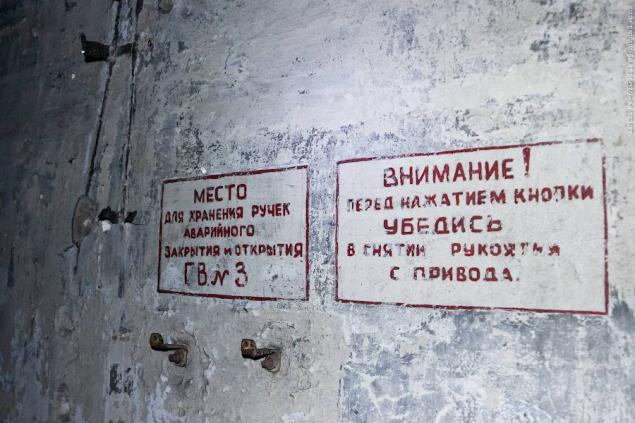
30. And also has a powerful HLF.
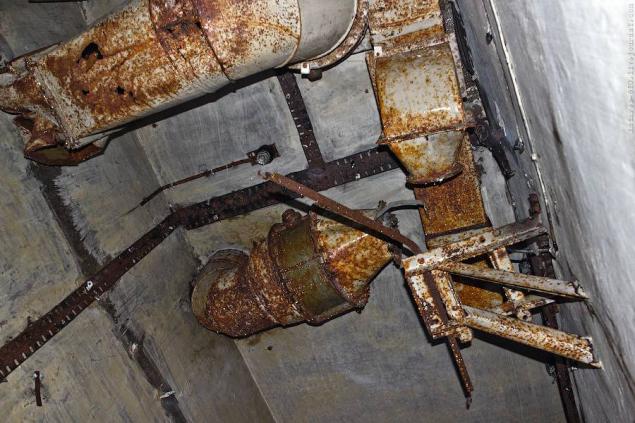
31. At the heart of the sensitive sites - the main hall.

32. From the gates of storage (right and left) were exported by rail trolleys with products in front of each gate was a turn-round, after the passage of which products were sent to the exit. Yet there remained the propaganda banner "Carrying out maintenance products - to combat the problem."

33. The room where he kept "the product". Former holy of holies. In one such solitary confinement was several warheads. In the middle of visible rails on which move the trolley.
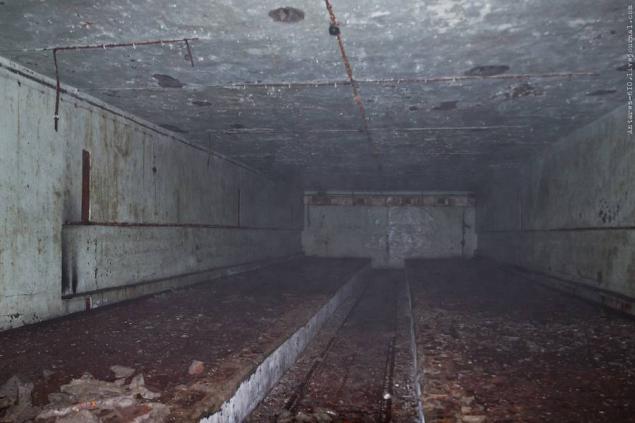
Source:
33 photos via antares-610
1. Some of the aerodrome facilities adapted for civilian use. But MCC building abandoned and recently burned.

2.

3. Inside there was nothing resembling about the purpose of the building.

4. The airfield has two lanes. Small, 2 km long, designed for fighters, covering the aerodrome. Nearby were parking for them.

5. Who is it held racing tournaments, driving school lessons.

6. The main runway has a length of 3 km and is built for supersonic missile.

7. In the forest stretches for airfield concrete taxiway along which are scattered caponiers for the Tu-22M2 both regiments.

8. Now it is a vast economy is in a derelict state.

9. There were missile.

10.

11.

12

13. South of the airfield was his command bunker, today as abandoned. I have not crawled inside

14. Anthill near the badly overgrown bunker.

15. And from the airport betonka now become a rural road leads to the RTB (military base nuclear munitions storage) Baltic Fleet Air Force, 24th Army arsenal of nuclear weapons. Where work was carried out under the "top secret of special importance."

16. In the former fuel storage one of the farmers made me a warehouse or garage for the tractor.

17. The assembly and mounting housing. From these gates traveled truck (probably YAZ-219) with a nuclear weapon in a body, and, accompanied by several machine gunners, I took a course to the airport, where he waited for the Tu-16. The base was built in 1957. Inset - the inscription above the gate, pointing to 1955.

18. In the future, the gate truck imported the product from storage with a crane-girder overloaded and it was carried out maintenance work.

19. Here, in particular, dealt warheads and purified by removing them from service. With all precautions seized explosive elements, electric detonators, explosive from the scope of the central part is pulled (CN), uranium-plutonium core (in the form of "quail egg"). CN withdrawn loaded in the storage container (in which she arrived at the time), and then transported to the factory.

20. The core of the most dangerous component was removed from the container in a single use gloves. It was limited working hours. This whole "defense" and was. Dosimetry was not.

21. On the forward out of the gate truck drove through the gate structures where the products were stored. By the middle of 1958 the casemates of sensitive sites were the eyeballs filled with goods, and since then had not empty.

22. To the left of the gate - the entrance to the storeroom.

23. It closed two semicircular armored door, inside filled with concrete. Inner looters not only able to pull out the fact that it is not physically held in the aperture.

24. Door hinge.

25. Inside the little that remained.

26.

27. Entrance to the store itself protect the valve more than three meters thick.

28. From premises adjacent to germovorotam, after they have escape hatches.

29. Here, store the tool to close the gate.

30. And also has a powerful HLF.

31. At the heart of the sensitive sites - the main hall.

32. From the gates of storage (right and left) were exported by rail trolleys with products in front of each gate was a turn-round, after the passage of which products were sent to the exit. Yet there remained the propaganda banner "Carrying out maintenance products - to combat the problem."

33. The room where he kept "the product". Former holy of holies. In one such solitary confinement was several warheads. In the middle of visible rails on which move the trolley.

Source:
